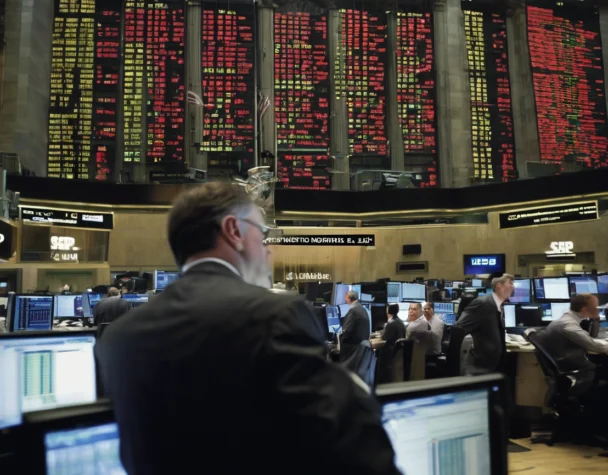
S&P 500 Closes Lower: What to Expect Next
Fri, March 21, 2025The S&P 500 index closed on March 20, 2025, at 5,662.89, marking a slight decline of 12.40 points or 0.22%. This downturn followed the Federal Reserve’s decision to maintain interest rates while hinting at potential rate cuts later in the year. Despite Fed Chair Jerome Powell describing inflationary pressures as “transitory,” investor sentiment remained cautious. The market’s slight retreat reflected lingering concerns about economic stability and corporate performance.
Economic Indicators to Keep an Eye On
One of the critical drivers for the next trading session is the latest economic data. Recent reports show a 4.2% rise in existing-home sales, indicating underlying economic resilience. This data point comes as a positive signal, suggesting that consumer confidence remains relatively strong despite inflation concerns. However, it remains to be seen whether this momentum can be sustained in the coming weeks.
In addition, investors should remain alert to any unexpected changes in unemployment figures and manufacturing data. These indicators have the potential to sway market sentiment significantly, especially if they hint at a cooling economy or mounting inflation. Investors looking to gain more insights into economic performance may benefit from checking out MarketWatch’s latest economic updates, which provide comprehensive coverage of the most recent data releases and analysis.
Corporate Earnings and Trade Policy Uncertainty
Another factor to monitor closely is corporate earnings, as recent reports have painted a mixed picture. Micron Technology, for example, provided positive guidance, buoying investor confidence in the tech sector. In contrast, major players like Nike and FedEx have struggled to impress, with their post-earnings declines reflecting uncertainty about future performance. These mixed signals have kept the market on edge, highlighting the importance of sector-specific analysis before making investment decisions.
Trade policies continue to loom over the market as well, with uncertainty surrounding U.S. tariff regulations keeping volatility high. Despite some positive economic indicators, ongoing trade tensions may undermine confidence in global growth, leading to short-term dips in key indexes. As trade discussions progress, staying updated on geopolitical developments is crucial for investors. For more in-depth perspectives on the potential impact of trade policies, visit The Wall Street Journal’s market coverage.
Conclusion
Looking ahead to the next trading session, market participants should brace for potential fluctuations driven by a combination of economic indicators, earnings announcements, and evolving trade policies. Maintaining a diversified portfolio remains a prudent strategy to weather these uncertainties. By keeping a close eye on market trends and staying informed through reliable financial news sources, investors can make well-rounded decisions that align with their risk tolerance and investment objectives.

